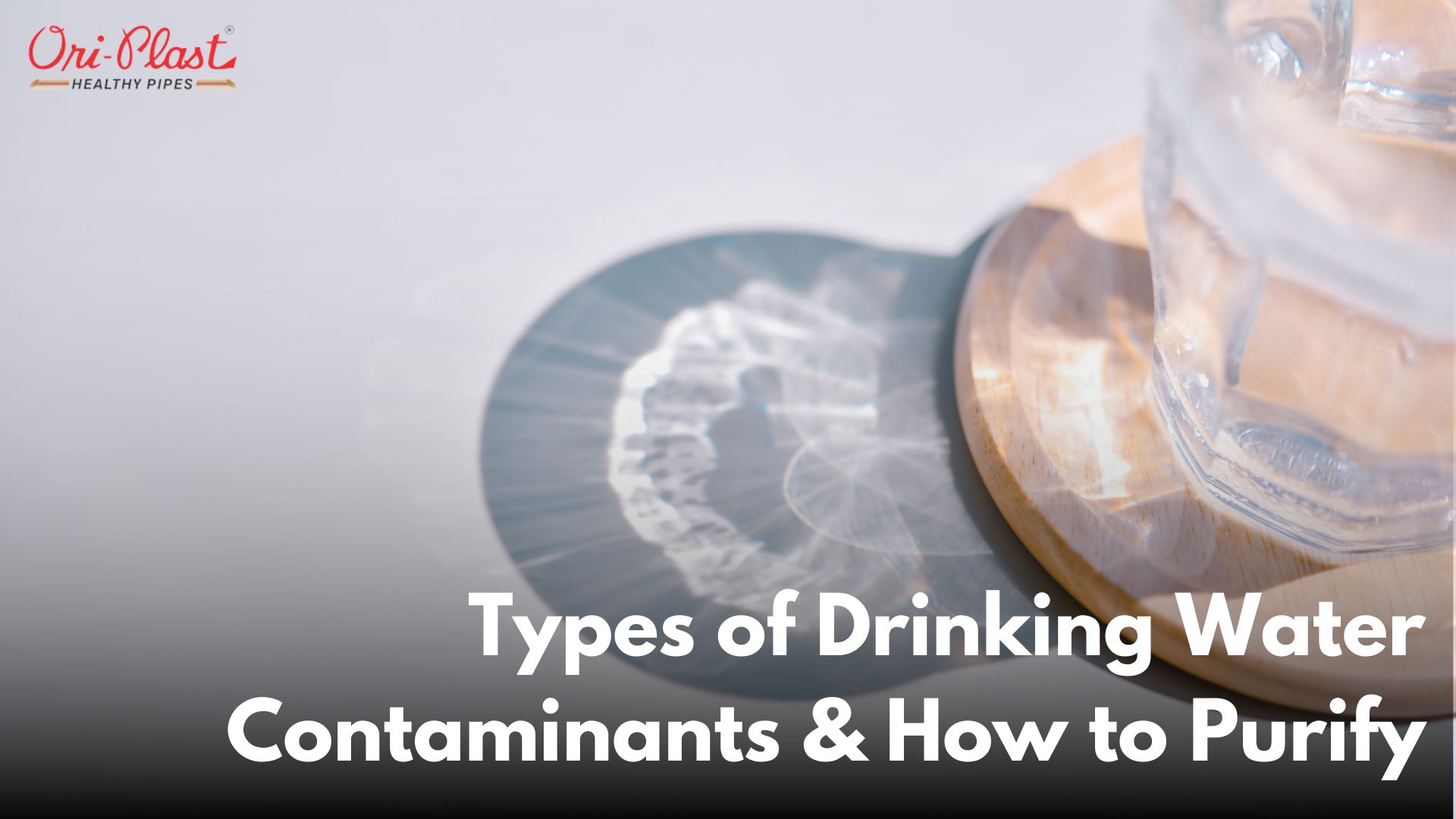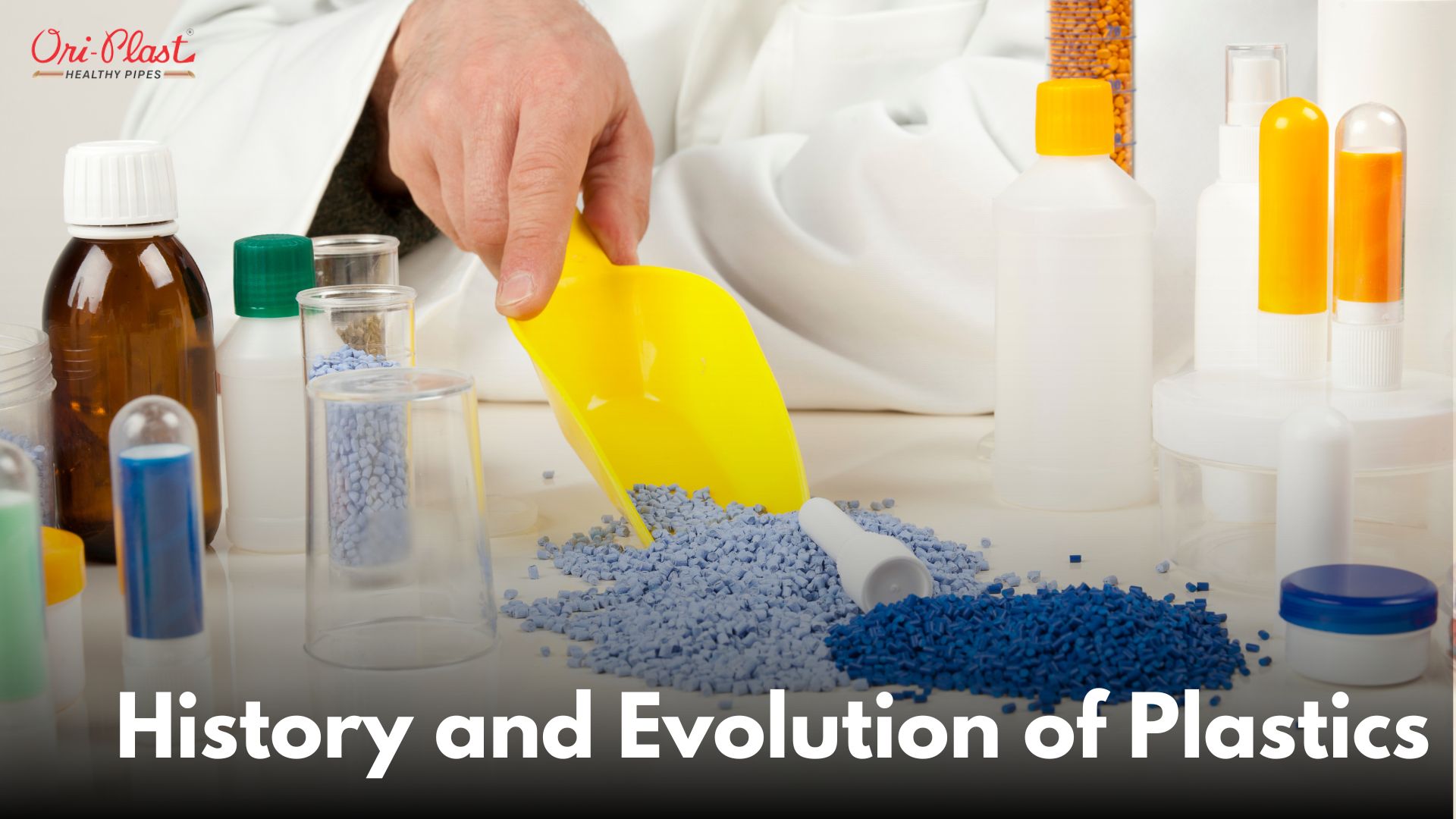Types of Drinking Water Contaminants & How to Purify
Clean drinking water is essential for good health, but not all water sources are free from contaminants. Many people might not even realize that their tap water can contain various impurities that affect both taste and safety. Understanding the types of drinking water contaminants and knowing how to purify water properly can make a big difference. Let's break down the different contaminants and purification methods in a simple way.
What Are Drinking Water Contaminants?
Drinking water contaminants are substances or organisms that, when present in water, can harm health or make the water unpleasant to drink. These contaminants can come from several sources, such as industrial waste, agricultural runoff, or even natural processes.
Contaminants generally fall into four main categories:
- Physical Contaminants – These affect the appearance or taste of water.
- Chemical Contaminants – These include harmful substances like pesticides, heavy metals, or industrial chemicals.
- Biological Contaminants – These are organisms such as bacteria, viruses, and parasites.
- Radiological Contaminants – These involve radioactive elements like uranium or radium.
Let’s dive deeper into each of these types.
What Are Physical Contaminants?
Physical contaminants are usually the most noticeable because they can alter the look and taste of your drinking water. These contaminants include soil, organic matter like leaves, or silt that gets into water sources naturally. While these are not necessarily harmful, they can make the water unappealing.
How to Purify: Physical contaminants can often be removed using simple filtration systems. A standard household water filter with a fine mesh can do the trick. More advanced methods include sediment filters, which can filter out even finer particles. These filters are easy to install and usually part of a multi-stage water filtration system.
What Are Chemical Contaminants?
Chemical contaminants are perhaps the most dangerous and diverse group. They include both man-made and natural substances that can be harmful if ingested over time. Common chemical contaminants in drinking water include:
- Pesticides: Used in agriculture, these can seep into groundwater.
- Chlorine and Chloramine: Often used to disinfect water but can react with organic matter to form harmful byproducts.
- Heavy Metals: Such as lead, mercury, and arsenic, often resulting from industrial pollution or old pipes.
- Fluoride: Although added to water for dental health, excess levels can be harmful.
How to Purify: Chemical contaminants are tricky to remove, and the purification process often depends on the type of chemical involved. Common methods include:
- Activated Carbon Filters: Effective for chlorine, pesticides, and some volatile organic compounds (VOCs).
- Reverse Osmosis (RO): One of the most thorough methods, removing many chemical contaminants like lead, mercury, and nitrates.
- Distillation: Boiling water and collecting the steam, which leaves most chemicals behind, is effective for heavy metals.
What Are Biological Contaminants?
Biological contaminants are living organisms found in water. These include bacteria, viruses, and parasites, which can cause serious illness. Contaminants such as E. coli, Giardia, and Cryptosporidium are common biological threats in drinking water, especially in untreated or poorly treated water sources.
How to Purify: To deal with biological contaminants, several methods can be employed:
- Boiling: Boiling water for at least one minute is one of the simplest ways to kill most bacteria, viruses, and parasites.
- UV Light Purifiers: These systems use ultraviolet light to kill microorganisms without affecting the taste or smell of the water.
- Chlorination: Adding chlorine to water can disinfect it, though it should be done with care to avoid harmful byproducts.
What Are Radiological Contaminants?
Radiological contaminants include radioactive materials like uranium, radium, or radon. These elements can enter water supplies through the breakdown of naturally occurring radioactive materials in the soil or from human activities like mining.
While rare, these contaminants pose a long-term health risk and can increase the risk of cancer if consumed in large quantities over time.
How to Purify: Radiological contaminants are difficult to detect and require specialized purification techniques. The most effective methods include:
- Ion Exchange: This method swaps harmful ions (like uranium) for safer ones, often found in water softeners.
- Reverse Osmosis: Like chemical contaminants, reverse osmosis is highly effective in removing radiological elements from water.
- Activated Carbon Filters: These can also reduce radioactive substances, but the filter needs to be replaced regularly.
Why Should You Test Your Drinking Water?
Testing your water is an important first step in understanding what contaminants are present. You can't always rely on taste or smell to detect harmful substances.
Where to Start?
- Home Water Test Kits: These kits are affordable and allow you to test for basic contaminants like chlorine, bacteria, and heavy metals.
- Professional Testing: If you're concerned about serious contamination, sending a water sample to a certified laboratory for in-depth testing is a safer bet.
Regular water testing is especially important if you use well water, live near industrial areas, or have aging plumbing.
What Water Purification Methods Should You Use?
Not all water purification methods work for every type of contaminant. Here's a breakdown of common purification methods and what they’re best for:
1. Boiling
Best for: Biological contaminants. Boiling water kills bacteria, viruses, and parasites, but it won’t remove chemical or physical contaminants.
2. Filtration
Best for: Physical and some chemical contaminants. Standard filters are effective for removing large particles and sediments. However, you'll need specialized filters for chemicals. It's also effective for softening the hard water.
3. Reverse Osmosis
Best for: Chemical, biological, and radiological contaminants. This method forces water through a semi-permeable membrane, removing a wide range of harmful substances. It’s one of the most effective, though slow and can waste a significant amount of water.
4. Distillation
Best for: Heavy metals, salts, and some chemicals. Distillation works by boiling water and capturing the steam, which leaves most contaminants behind. However, it can be energy-intensive.
5. UV Purification
Best for: Biological contaminants. UV systems are effective in killing microorganisms but don’t filter out physical or chemical substances.
When Should You Change Your Water Filters?
No matter the purification system you use, filters have a limited lifespan and need to be replaced regularly to function properly. Overused filters can actually make water quality worse, trapping bacteria and contaminants within the filter.
Here are some general guidelines:
- Carbon Filters: Every 2-6 months depending on water usage.
- Reverse Osmosis Filters: Change the membrane every 2-3 years and the pre and post filters every 6-12 months.
- UV Bulbs: Replace once a year to ensure effective treatment.
Always follow the manufacturer’s instructions for your specific water purification system.
What’s the Bottom Line on Water Contamination?
Ensuring your water is safe to drink is essential for your health. By understanding the types of contaminants and how to purify your water, you can make better choices for your household. Whether you're using filtration, reverse osmosis, or UV light, the right method depends on the specific contaminants present in your water.
Regular water testing and proper maintenance of your purification system will go a long way in ensuring safe, clean drinking water for you and your family.




